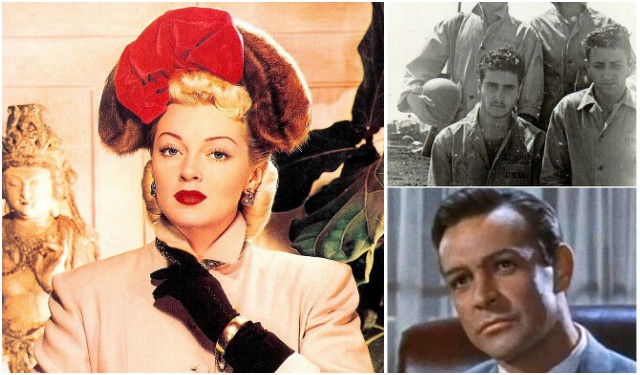The year is 1957, and the place is London. Co-stars Lana Turner and Sean Connery are filming Another Time, Another Place, and everything seems to be going as planned … until Turner’s gangster boyfriend shows up uninvited on the set.
Wise guys don’t need an invitation to cause trouble, and Turner’s boyfriend, Johnny Stompanato, strolled on the set as if he owned it. Stompanato represented the stereotype of a gangster found in almost every crime movie ever made. Everything about him screamed trouble. And he carried a gun.
Turner’s relationship with Stompanato was very far from perfect, as it often included violence and abuse, but she still decided to invite him to England, though not to the movie set. According to Turner’s autobiography, she faced some difficulties while in London and felt lonely, so she invited Stompanato to join her. It was a decision she would regret.
In 1957, Turner was 36 with four ex-husbands in her rear-view mirror. Stompanato was 32, a former U.S. Marine who was an “enforcer” for Los Angeles crime boss Mickey Cohen. Stompanato had already been arrested multiple times by the L.A. police.
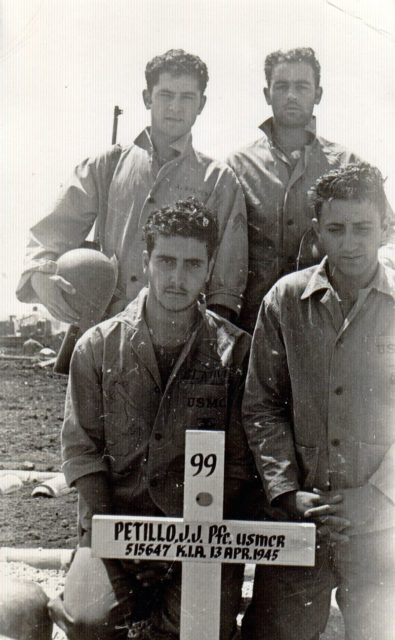
In London, things seemed to be going well enough for them at the beginning, but soon Stompanato’s behavior switched to gangster mode, and Turner ended up calling Scotland Yard to have him deported.
Stompanato was too jealous to stand aside while his girlfriend was on the set filming a movie where she portrayed an American journalist who had a love affair with a BBC war correspondent, played by Sean Connery, so he decided to take matters into his own hands and showed up on the set with a gun in his hand, threatening to kill Connery.
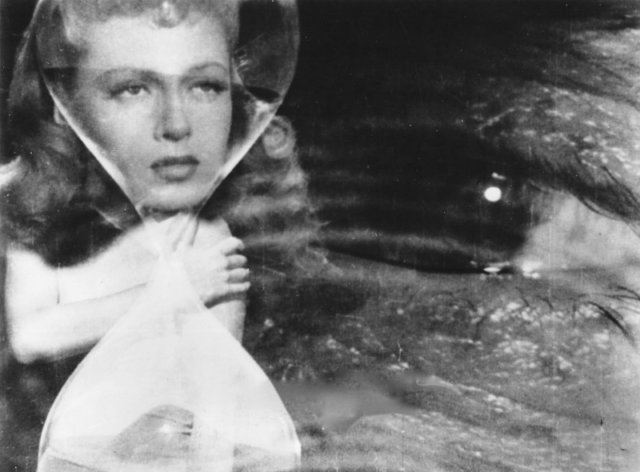
A bad guy, a gun, a beautiful woman, and Connery, must be a scene straight out of a Bond movie, except that Dr. No was years in the future and, even more important, this was real life. Nonetheless, when Stompanato pointed the gun, Connery grabbed it out of his hands and twisted his wrist. Seconds later he was kicked off the set, and next thing you know, Stompanato was booking the first flight home to the United States.
Great Hollywood legends quotes
This was not the end of Turner’s relationship with Stompanato, and the abusive gangster continued threatening her at gunpoint almost every day after she returned from England, often saying that he would kill her daughter and her mother.
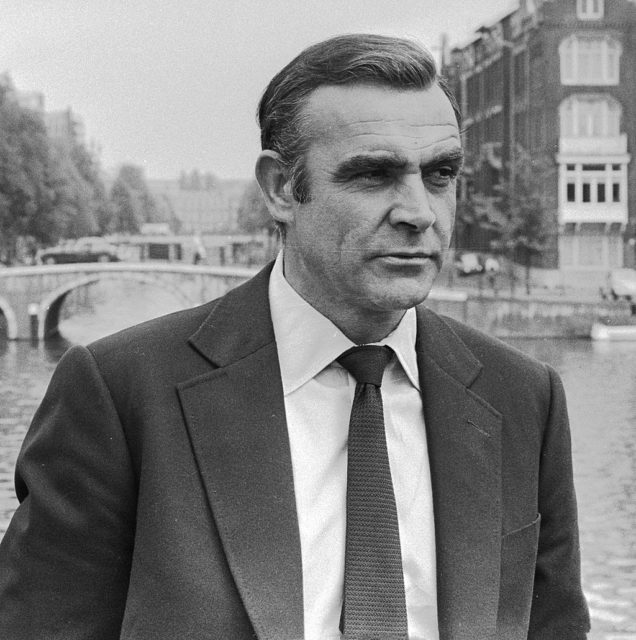
Her acting career was going great throughout this; Turner was nominated for a Best Actress Oscar for Peyton Place, but she refused to take him to the Oscars and instead, she took her 14-year-old daughter and her mother.
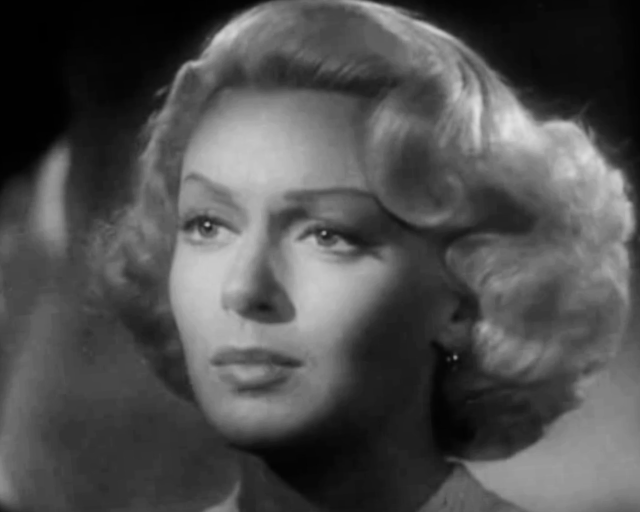
Turner’s decision angered Stompanato and made him more violent than ever. About a week after the Academy Awards, he showed up in Turner’s new house where she and her daughter Cheryl recently moved in, threatening to cut her face, to end her career. Her 14-year-old daughter knew what Stompanato was capable of and surely knew that he was beating her mother.
They were arguing loud enough that Cheryl was able to hear them from her room next door. The teenager was afraid that Stompanato might kill her mother and decided to deal with the mobster herself, so she went to the kitchen, got a knife, and carefully approached her mother’s bedroom. Johnny Stompanato opened the door and Cheryl stabbed him with the knife, killing him.
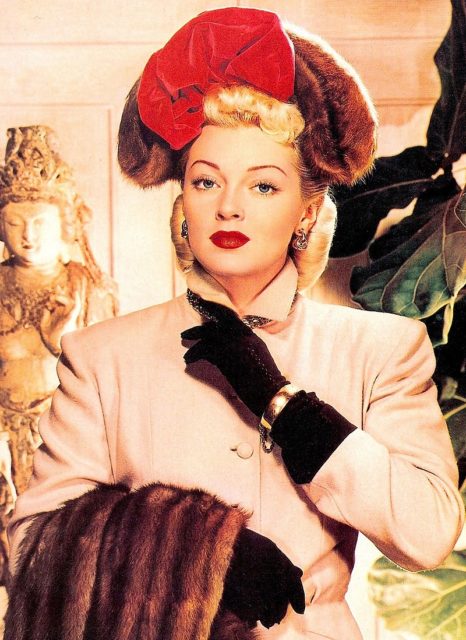
Out of the numerous scandals that followed Turner’s career, this was undoubtedly the biggest and soon became a media sensation. A trial followed and the crime was declared as justifiable homicide. There were some mixed reactions concerning the outcome of the case, and over the years many rumors surrounded the murder of Turner’s gangster boyfriend, including one that Turner herself might have killed the mobster.
Turner’s turbulent off-screen life was perhaps more interesting than all her movies combined and her love affairs were definitely at the center of it. She once said, “I planned on having one husband and seven children, but it turned out the other way around.“
